When it comes to ramen, nothing goes better than a side serving of gyoza (dumplings) washed down with a beer. Now our culinary dreams are about to come true with the release of gyoza-flavoured cup noodle ramen.
gyoza (Page 4)
They may have come from China originally, but Japan has made gyouza – those little parcels of deliciousness that go perfectly with a cold beer – their own just as much as they did ramen. Tasty and moreish whether made fresh at home or bought in bulk at the supermarket, gyouza are one of the simpler foods you’re likely to encounter on a trip to Japan, but one that you’d be a fool to miss out on.
But while we may all agree that these things are delicious, one issue divides us on the gyouza front: namely, are they better 焼き yaki (fried on one side before being steamed in the pan), or 水 sui (gently boiled and often served with, or sometimes even containing, tasty soup)? Some argue that sui is the purer, not to mention healthier, form of gyouza, but others will tell you that yaki is infinitely better.
Let’s find out what you good people have to say on the matter!
Ask a Japanese person to give some examples of Chinese food, and they’ll likely reply with things like chaahan (fried rice) and the quintessential gyoza (pot-stickers). With their crispy fried outsides and juicy, flavorful insides, you can’t go wrong with gyoza, and many would say that Chinese food chain GYOZANOMANSYU (餃子の満州), based in the Kanto region of Japan, is the leader of them all.
Those wishing to take the gyoza experience a bit further can visit the hot-spring hotel Toumeikan in Gunma Prefecture, managed by GYOZANOMANSYU, and for a mere 5,900 yen per night (roughly US$59) you can stay in one of their cozy Japanese-style rooms, take a relaxing soak in the onsen hot springs, and get your fill at their breakfast buffet. Located deep in the mountains of Gunma, yet within a two- to three-hour drive from Tokyo, makes this a great place for a weekend getaway. Albeit one involving lots of garlic and chives.
DecoRush is a series of decoration tape that looks like correction tape, except instead of white-out, you’d usually get cute flowery patterns or Disney characters on them. Very appropriate for increasing the girl power on your love letters or secret diary. However, DecoRush’s latest release had netizens baffled because really, when are you ever going to send someone a birthday card with colorful borders of…gyoza?
When you think of gyoza, those traditionally Chinese parcels of meaty, vegetable-y goodness that go so perfectly with a frosty mug of beer, do you imagine they’re more likely to appeal to dainty, health-conscious ladies, or undiscerning, ravenous salarymen? Whilst undeniably delicious, gyoza are generally seen as an unrefined food option – good for a quick stuffing, but hardly haute cuisine. That’s all set to change with the invention of “Happy Maru“, a range of colorful boiled gyoza “dumplings” infused with beautifying collagen and polyphenols for the health and beauty-conscious modern woman. But just what’s so different about them?
Every place in Japan wants to be famous for something or other; to have one specific dish or product that nowhere else has as much of or does quite as well. And while the port city of Yokohama might be known for its vast and varied Chinese cuisine, when it comes to gyoza – those bitesized Chinese dumplings that have been so tweaked by the Japanese that they’re often considered home-grown – Tochigi Prefeture’s Utsunomiya City is undoubtedly the place to be, with its residents proud to call their prefecture the Japanese capital of gyoza.
After taking a trip to the prefecture, we think they might just be right. Along with the dozens of delicious gyoza stalls and restaurants we encountered, we quickly stumbled upon a number of unusual gyoza-infused offerings, three of which we just had to try for ourselves. Join us after the jump for our taste test of Tochigi Prefecutre’s Gyoza Burger, Gyoza Chips and Gyoza Bread!
If you’ve ever tried pizza in Japan or even miso soup in America, you probably know not to expect the same quality as in that food’s homeland. That’s perfectly understandable if you ask me; sometimes food is adapted to appeal to local palates, and things that a dish’s original creators may insist on can be considered unappetising or downright odd in its new home.
But then you have countries where even the native cuisine is known throughout the world, whether it’s a fair statement to make or not, as being kind of unappetizing. In such a country, would seeking out non-native dishes be an especially good idea?
When he found himself craving Japanese food after months of living in the UK, RocketNews24 Japan’s writer Gold Hijikata decided to take himself out to well-known British chain restaurant Wagamama, which he heard specializes in Japanese favorite ramen. With over 100 locations across the UK, our man Gold had high hopes for Wagamama’s noodles, but he also knew that it would be hard to come close to his own country’s efforts.
If you have ever had the pleasure of visiting the southern Japanese city of Fukuoka, you probably know about its amazing food that has people from all over the country booking trips there just to stuff themselves silly. Between the rich, pork broth and firm noodles of the famous Hakata Ramen and the spicy delight that is mentaiko (marinated cod and pollack roe), Fukuoka is a place visitors leave having to loosen their belt a few notches.
With so many delicious things to come out of the city, an online poll set out to see which dishes people think are the epitome of the Fukuoka food scene. Click below to see the results and vote on what you think is the best food to come out of Fukuoka!
Tochigi Prefecture doesn’t pop-up in the news often, but when it does it usually involves food. You might remember the “First Love” flavored gyoza or the tomato-milk-lemon drink. I totally understand if you didn’t jump out of your seat to go to Tochigi just to taste those… unique… goods for yourself, but there is a new product in Tochigi that is flying off of the shelves and just might be worth that trip: “Kekeru gyoza.”
In Japan, the common thinking is that if you want the absolute best-tasting food, you have to go to an independently run restaurant, generally with a long wait for tables and/or high prices on the menu. But what about those times when you’re hungry, but not in the mood to spend a large chunk of either your free time or disposable income on a meal?
That’s when you turn to one of Japan’s national chains, and if you can’t decide which, maybe this survey on the top 12 chain restaurants in Japan can help you.
Although the juicy pork dumplings called gyoza originated in China, they’re a favorite of both students and expats in Japan. Filling and cheap, they make a great hot meal, and are also a popular way to fortify yourself for a night of drinking, or to satisfy the alcohol-induced bout of the munchies that follows one.
While Japan is filled with gyoza joints, some of the most popular develop an almost cult following, so when we got wind of a tasty pot sticker depository called Sosan no Mise at the next station over from the RocketNews24 office, we decided to check it out.
Utsunomiya City in Tochigi Prefecture is famous nation-wide for its Chinese fried dumplings known as gyoza in Japan. The capital city boasts over 200 gyoza shops many of which are densely located near Utsunomiya Station in what is known as “Gyoza Town.”
Our reporter, Usagi, braved the imminent threat of deliciousness and boarded a Tochigi-bound train. Next stop: Gyoza Town!
Tired of the same old plastic model kits? Have you built more Gundam than your wife is comfortable with? Put together enough miniature planes, trains, and automobiles than you care to admit? Well you’re in luck! We’ve found a totally bizarre but somehow completely awesome plastic model kit that you’ve probably never built before.
The dumplings known in Japan as gyoza are typically filled with diced cabbage and pork. Most of the time they’re also packed with enough garlic to make them as dangerous a temptation for office workers on their lunch break as a frosty mid-day beer.
Even though China, Japan, and Korea all have distinct food cultures, being so close to one another on the map means that some things are bound to cross borders. Case in point: all three countries love gyoza, and rightly so!
But while they’re united in their love for the food is universal, it turns out each nation has its own unique way of wrapping them, as our Japanese correspondent living in Germany recently found out.
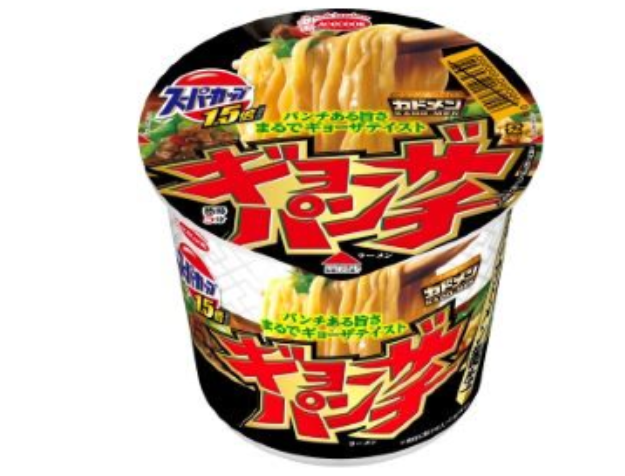
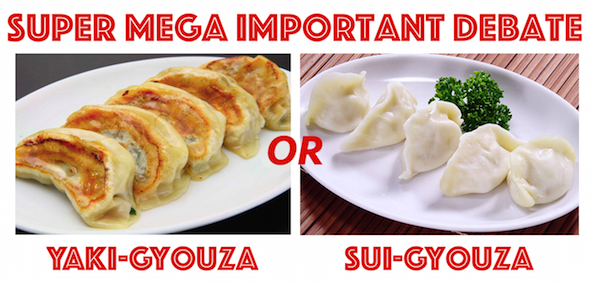
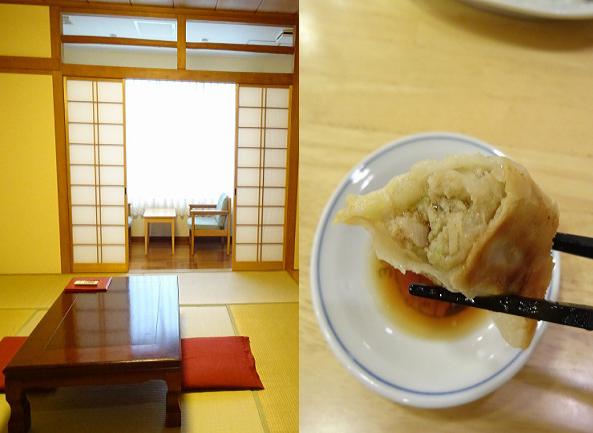
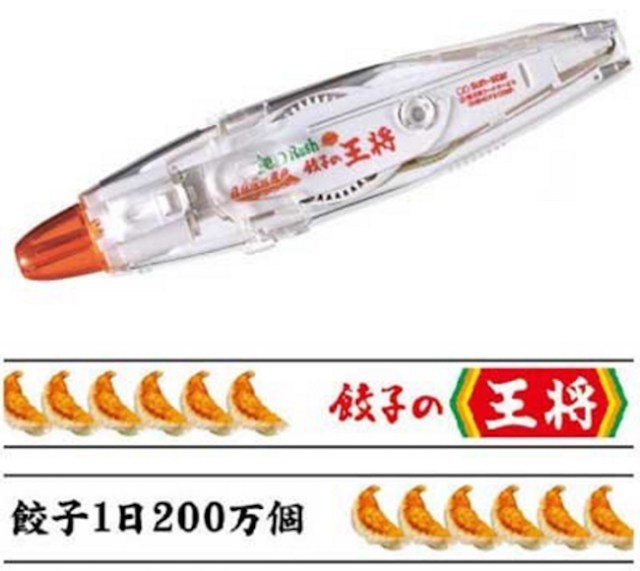
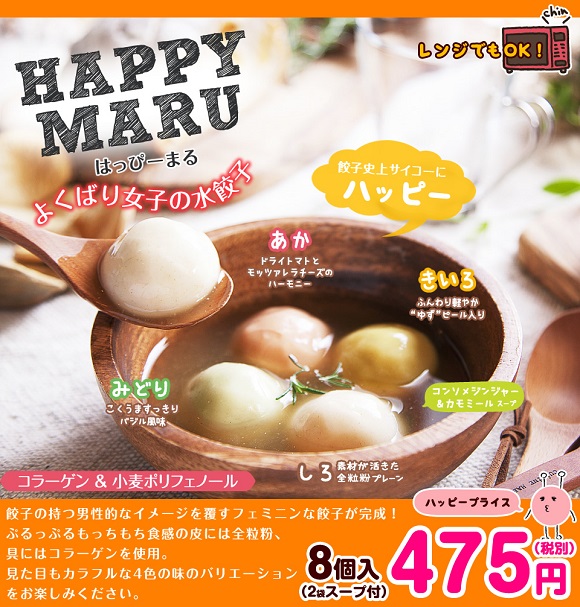
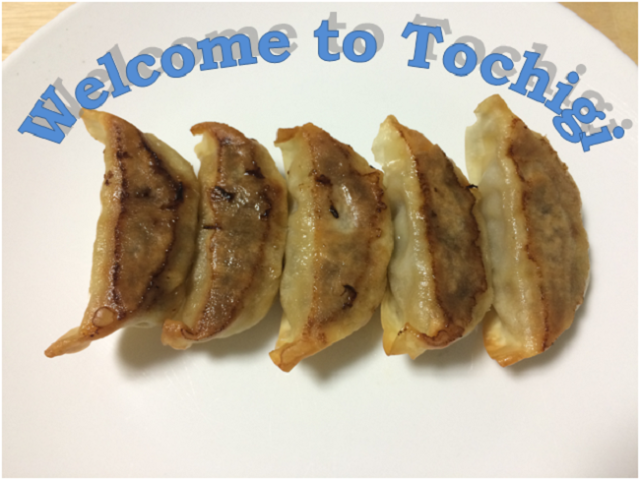
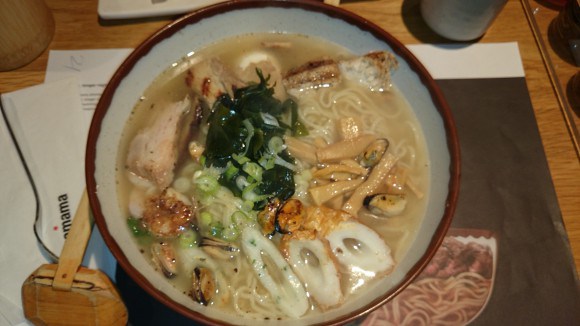
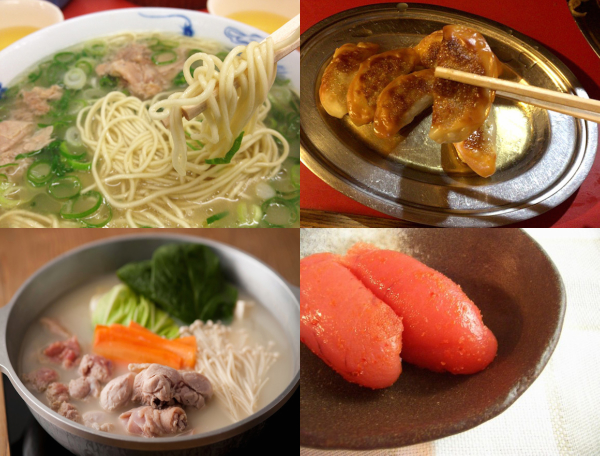
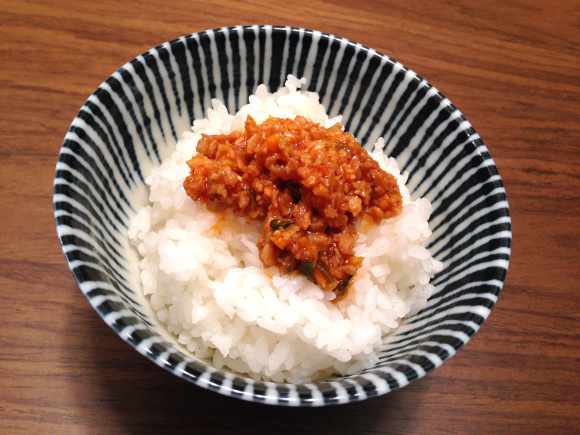
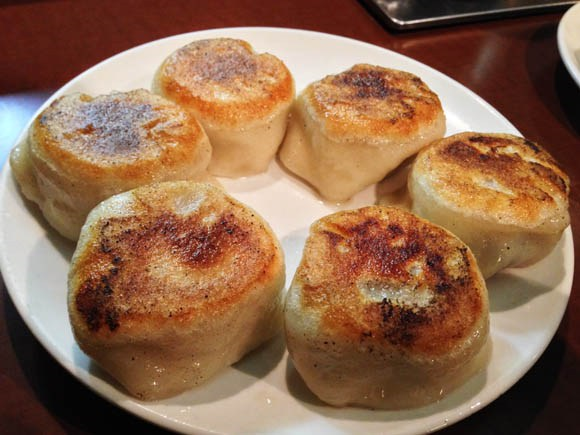
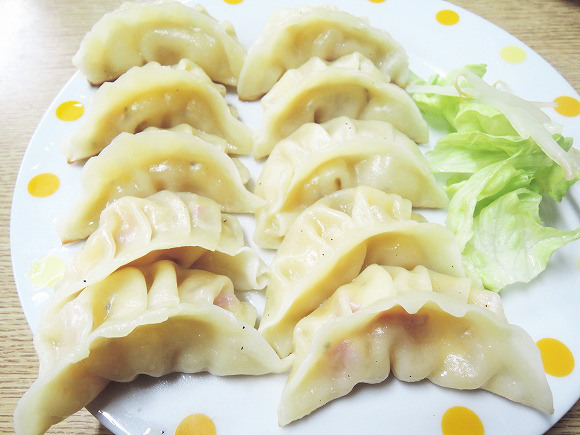
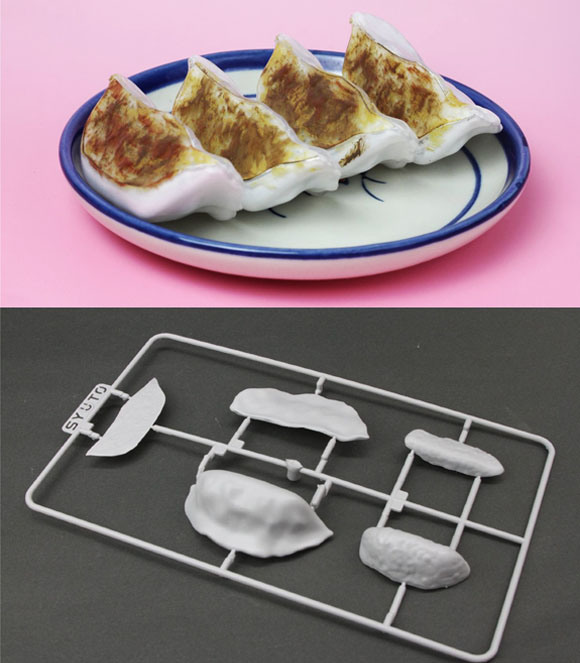
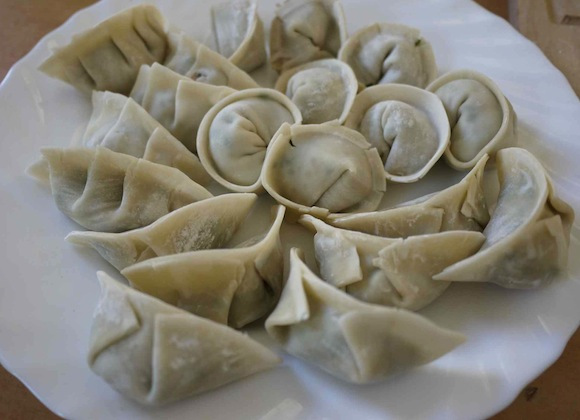
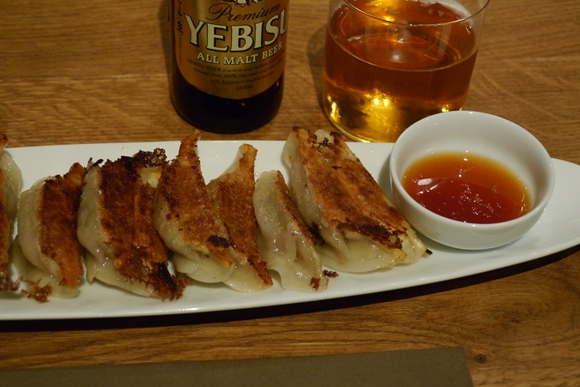
 Japanese mochi tasting flight has roots in samurai dining culture
Japanese mochi tasting flight has roots in samurai dining culture Starbucks Japan reveals new holiday goods for the 2024 festive season
Starbucks Japan reveals new holiday goods for the 2024 festive season Kyoto Whopper divides customers at Burger King Japan
Kyoto Whopper divides customers at Burger King Japan Nara man arrested for burying mother in his cemetery plot by himself
Nara man arrested for burying mother in his cemetery plot by himself Japanese burger chain no longer serves onion rings, but offers intriguing replacement【Taste test】
Japanese burger chain no longer serves onion rings, but offers intriguing replacement【Taste test】 Taking the Kyoto overnight bus for the first time
Taking the Kyoto overnight bus for the first time Doraemon found buried at sea as scene from 1993 anime becomes real life【Photos】
Doraemon found buried at sea as scene from 1993 anime becomes real life【Photos】 Ghibli’s Princess Mononoke teams up with Foxfire for outdoor apparel collaboration【Photos】
Ghibli’s Princess Mononoke teams up with Foxfire for outdoor apparel collaboration【Photos】 Domino’s erupts with a 1kg Cheese Volcano in Japan
Domino’s erupts with a 1kg Cheese Volcano in Japan We try a delicious hidden gem in Fukuoka, unknown to even Japanese people
We try a delicious hidden gem in Fukuoka, unknown to even Japanese people One of Japan’s most beautiful hot spring towns announces new limits on number of day trippers
One of Japan’s most beautiful hot spring towns announces new limits on number of day trippers Berserk T-shirts coming to Uniqlo for launch of new Manga Curation line【Photos】
Berserk T-shirts coming to Uniqlo for launch of new Manga Curation line【Photos】 Mario Kart Happy Meal toys arrive at McDonald’s Japan, and SoraNews24 has the whole set!【Photos】
Mario Kart Happy Meal toys arrive at McDonald’s Japan, and SoraNews24 has the whole set!【Photos】 Flying dango: Unique tourist site where Japanese sweets are flown to you over a gorge
Flying dango: Unique tourist site where Japanese sweets are flown to you over a gorge Yakuza vending machines coming to real-world Tokyo neighborhood that inspired Like a Dragon games
Yakuza vending machines coming to real-world Tokyo neighborhood that inspired Like a Dragon games Starbucks Japan unveils second Holiday Frappuccino for 2024
Starbucks Japan unveils second Holiday Frappuccino for 2024 Nintendo’s controller capsule toys are so cool, even the machine you buy them from is awesome【Pics】
Nintendo’s controller capsule toys are so cool, even the machine you buy them from is awesome【Pics】 Tokyo Disneyland loses top-attendance crown for Japanese theme parks for second year in a row
Tokyo Disneyland loses top-attendance crown for Japanese theme parks for second year in a row Ghibli Park debuts first winter illumination display with Howl’s Moving Castle theme
Ghibli Park debuts first winter illumination display with Howl’s Moving Castle theme Pringles releases a limited-edition sweet flavour in Japan
Pringles releases a limited-edition sweet flavour in Japan Sanrio and magical girl anime PreCure join forces for new merch line【Photos】
Sanrio and magical girl anime PreCure join forces for new merch line【Photos】 Japanese job-quitting service contacted by other job-quitting service because employee wants to quit
Japanese job-quitting service contacted by other job-quitting service because employee wants to quit After cancelling Halloween, Tokyo’s Shibuya neighborhood cancels New Year’s Eve too
After cancelling Halloween, Tokyo’s Shibuya neighborhood cancels New Year’s Eve too McDonald’s new Happy Meals offer up cute and practical Sanrio lifestyle goods
McDonald’s new Happy Meals offer up cute and practical Sanrio lifestyle goods Foreign tourists on Shinkansen bullet train break suitcase etiquette, angering local passengers
Foreign tourists on Shinkansen bullet train break suitcase etiquette, angering local passengers [Deleted] Article written for April Fool’s Day 2018
[Deleted] Article written for April Fool’s Day 2018 Japanese government to make first change to romanization spelling rules since the 1950s
Japanese government to make first change to romanization spelling rules since the 1950s Foreigner’s request for help in Tokyo makes us sad for the state of society
Foreigner’s request for help in Tokyo makes us sad for the state of society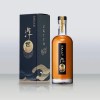 Ghibli founders Toshio Suzuki and Hayao Miyazaki contribute to Japanese whisky Totoro label design
Ghibli founders Toshio Suzuki and Hayao Miyazaki contribute to Japanese whisky Totoro label design Japanese convenience store Family Mart announces abolishment of eat-in spaces
Japanese convenience store Family Mart announces abolishment of eat-in spaces Princesses, fruits, and blacksmiths: Study reveals the 30 most unusual family names in Japan
Princesses, fruits, and blacksmiths: Study reveals the 30 most unusual family names in Japan Life-size vibrating Legend of Zelda Master Sword for sale from Nintendo【Photos】
Life-size vibrating Legend of Zelda Master Sword for sale from Nintendo【Photos】 Studio Ghibli releases free-download board game — Here’s how to play it without reading Japanese
Studio Ghibli releases free-download board game — Here’s how to play it without reading Japanese Taking the Kyoto overnight bus for the first time
Taking the Kyoto overnight bus for the first time Doraemon found buried at sea as scene from 1993 anime becomes real life【Photos】
Doraemon found buried at sea as scene from 1993 anime becomes real life【Photos】 Ghibli’s Princess Mononoke teams up with Foxfire for outdoor apparel collaboration【Photos】
Ghibli’s Princess Mononoke teams up with Foxfire for outdoor apparel collaboration【Photos】 Domino’s erupts with a 1kg Cheese Volcano in Japan
Domino’s erupts with a 1kg Cheese Volcano in Japan We try a delicious hidden gem in Fukuoka, unknown to even Japanese people
We try a delicious hidden gem in Fukuoka, unknown to even Japanese people The top 5 ice creams you should try at Family Mart convenience stores in Japan this summer
The top 5 ice creams you should try at Family Mart convenience stores in Japan this summer Beautiful Japanese garden green tea crepes waiting in Tokyo’s historical Asakusa neighborhood
Beautiful Japanese garden green tea crepes waiting in Tokyo’s historical Asakusa neighborhood Yakuza vending machines coming to real-world Tokyo neighborhood that inspired Like a Dragon games
Yakuza vending machines coming to real-world Tokyo neighborhood that inspired Like a Dragon games Giant Clodsire Pokémon plushie comes with up to 32 Woopers in super size, super cute set【Pics】
Giant Clodsire Pokémon plushie comes with up to 32 Woopers in super size, super cute set【Pics】 Japan has a special foil for roasting sweet potatoes at home, and it’s like having a time machine
Japan has a special foil for roasting sweet potatoes at home, and it’s like having a time machine Starbucks adds gingerbread cookies to its holiday lineup in Japan
Starbucks adds gingerbread cookies to its holiday lineup in Japan Starbucks Japan has a miniature collection, but you’ll need patience to get it
Starbucks Japan has a miniature collection, but you’ll need patience to get it